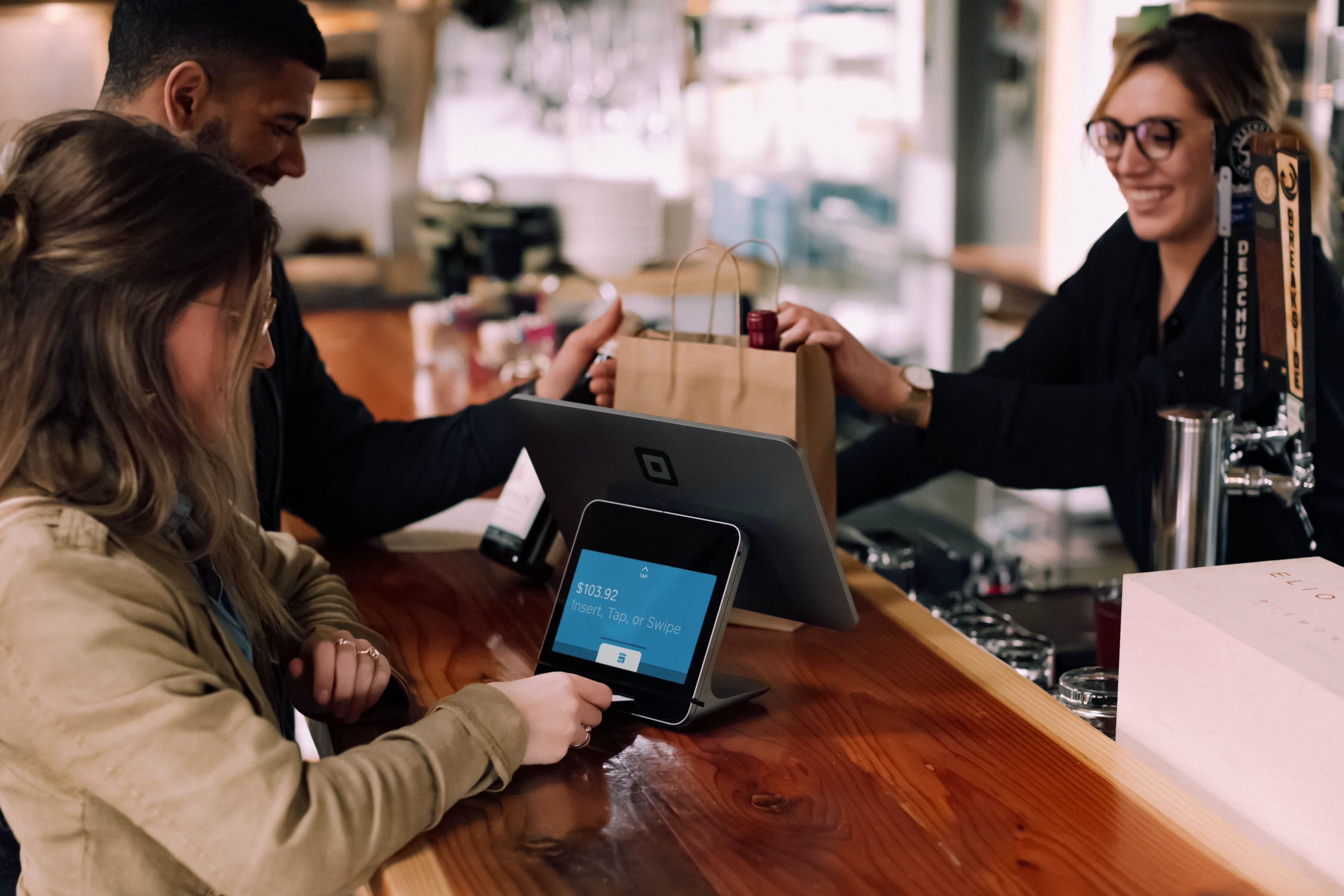Digitalization in Retail

 In bricks-and-mortar retail, digitalization is a given nowadays, and will continue to develop rapidly over the coming years. Its implementation is essentially intended to find the best possible way to fulfill customer needs. This reorientation or adjustment in retail to the digital reality is a continuous process.
In bricks-and-mortar retail, digitalization is a given nowadays, and will continue to develop rapidly over the coming years. Its implementation is essentially intended to find the best possible way to fulfill customer needs. This reorientation or adjustment in retail to the digital reality is a continuous process.
Addressing the customer digitally at the POS via innovative visitor analysis
Digitalization in retail affects all business processes and thus the entire value chain: purchasing, logistics, marketing, sales and administration. Digital support for the customer at the POS and innovative visitor analyses are important areas where digital solutions can be implemented.
Addressing the customer digitally at the POS lets them easily select products and pay quickly. And it also serves to provide information, inspiration and entertainment, creating a stand-out shopping experience which the virtual world cannot match.
Innovative visitor analyses include visitor frequency, duration of stay and pathways through the store. These indicators can be determined for the entire sales floor or separate departments, areas for the display of special offers or shelves. IT-supported analysis gives well-grounded information on how to design the sales floor, place goods or set up signage.
Digital pricing
In retail, modern pricing systems such as electronic shelf labels and electronic fashion labels offer many advantages. There is no more laborious work than relabeling items when prices change. In addition, incorrect pricing is avoided by the virtual systems. Discounts and special offers can be centrally controlled. As dynamic pricing also exploits differences in willingness to pay, digital pricing optimizes the profit contribution of each product.
Visitor frequency measurement
Data isn't everything – but without it, bricks-and-mortar retail cannot release its full potential. The more information is available on the customer for proper evaluation, the better the purchase experience can be optimized. With precise visitor frequency measurement, the number of visitors can be determined for the entire store or its individual areas (levels, departments, areas for the display of special offers). The key visitor indicators are the starting point for detailed evaluation in a digital reporting platform: for example, with regard to fluctuations in the number of visitors or the conversion rate.
Path tracking
Path tracking records and documents the pathways visitors take through a store. The heavily and lightly frequented routes are determined throughout the sales floor. If customer routes are known, goods with high sales volumes or cross-selling potential can be ideally positioned. Using the duration of stay at various shelves or the POS, it can also be determined whether a central location in the store is particularly attractive or unattractive. Knowledge of the occurrence of (temporal and spatial) hotspots in the store allows for effective deployment of sales staff.
Age / sex detection
Video cameras with 3D sensors don’t just detect the number of visitors, but also their sex and age. Existing security cameras can often be used for this technology. If you know the age and sex structure of your visitors, you can adapt the range or advertising measures to the demographic pyramid.
Digital displays
Digital displays inspire and informe customers. A product can, for example, be presented comprehensively in the virtual environment at the POS alongside its properties and usage options. Digital displays also allow self-service or the communication of new trends and special offers.
Mobile payment
A wide range of various online payment options and cashless payment allows for rapid checking out, prevents long lines and thus increases customer satisfaction. In addition, forms of mobile payment are integrated in digital cash register systems, meaning all payment processes can be viewed at once and outgoing and incoming goods compared.
Online visibility
The opportunities to increase digital visibility and thus visitor frequency are diverse and rapidly developing. So as not to end up with a patchwork of disparate measures, they should all be embedded in an online marketing strategy. Alongside web stores and shopping apps, these include the use of social media channels, local online marketing and digital communications models.
Digitalization in retail as an evolutionary process
Digitalization in retail is often seen as a revolution in the world of trade. But these changes are more of a continuous process which retailers can help shape as they progress. Thereby, they will not be overburdened in their organization, staffing and finances. At the same time, they can benefit from the experience of other retailers and sectoral benchmarks.
Digital and innovative solutions on the sales floor, at the POS and at the cash register contribute to improved customer contact, accelerated sales processes, detailed visitor analysis and stronger customer loyalty. Digitalization in retail is fundamentally decisive for competitiveness.
KRONOS is happy to offer you personalized advice on the topic of digitalization!
Picture: Christiann Koepke via Unsplash


